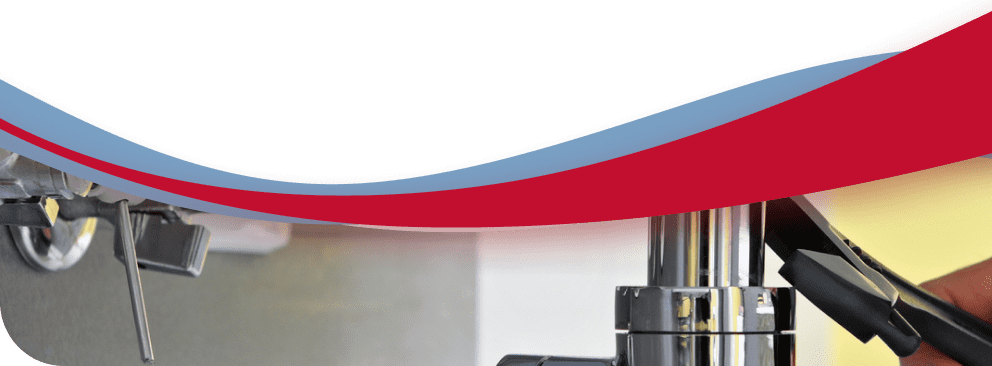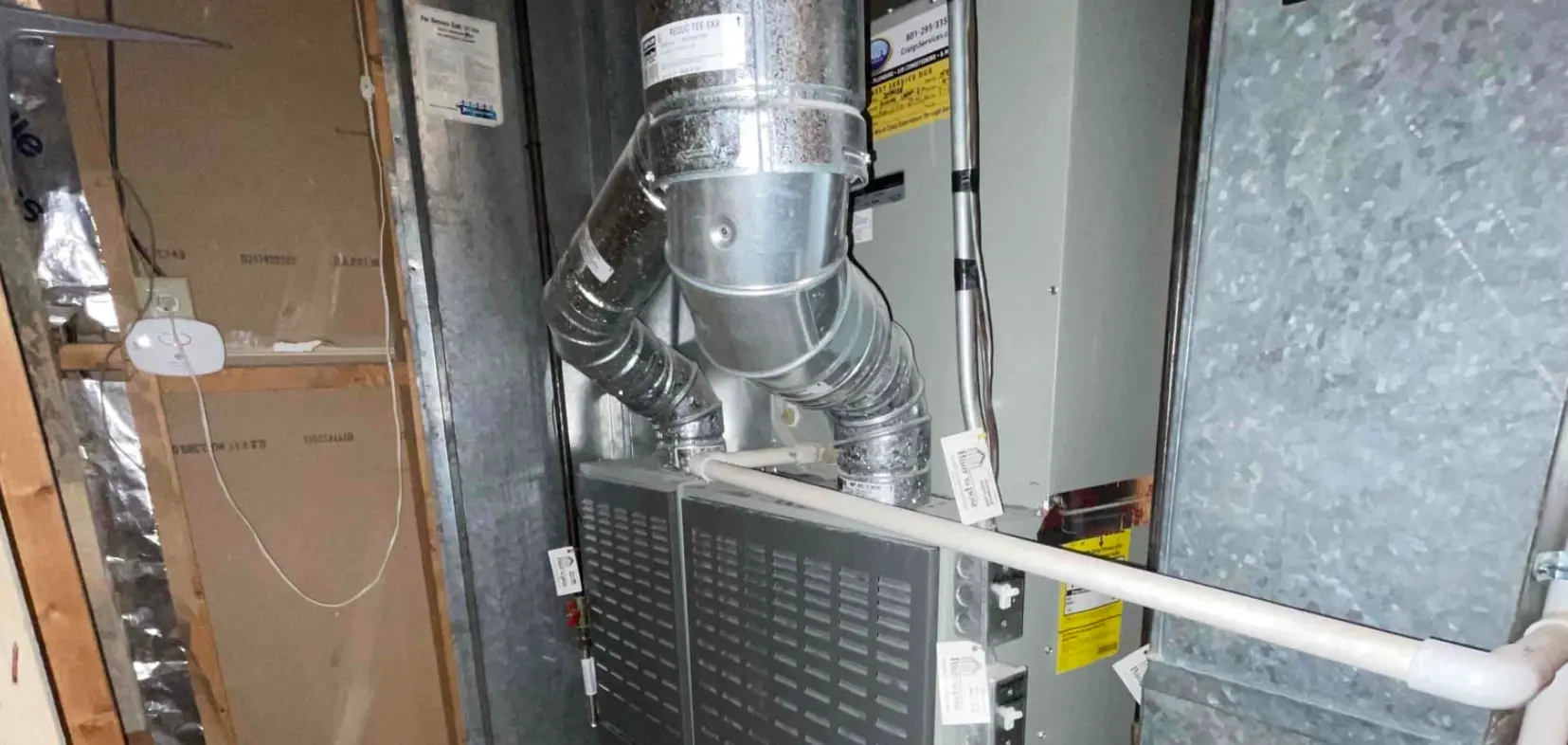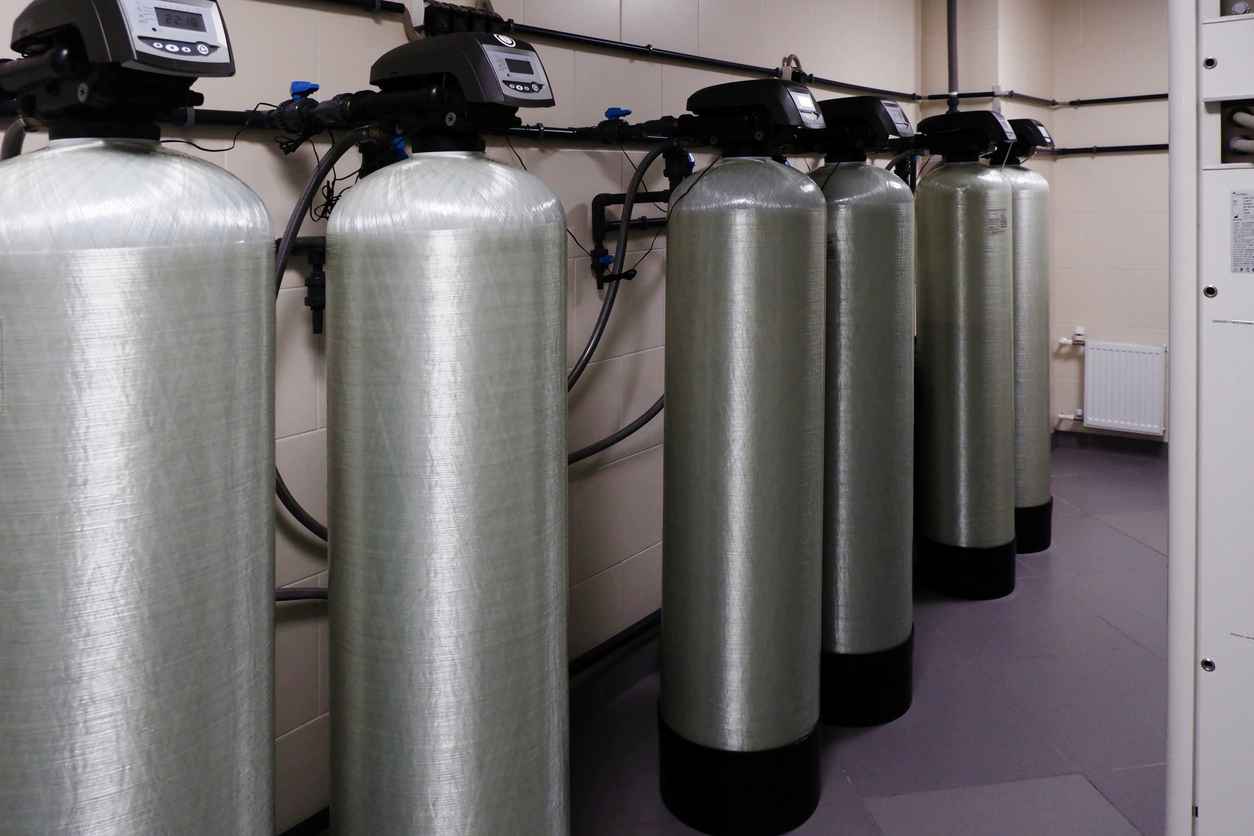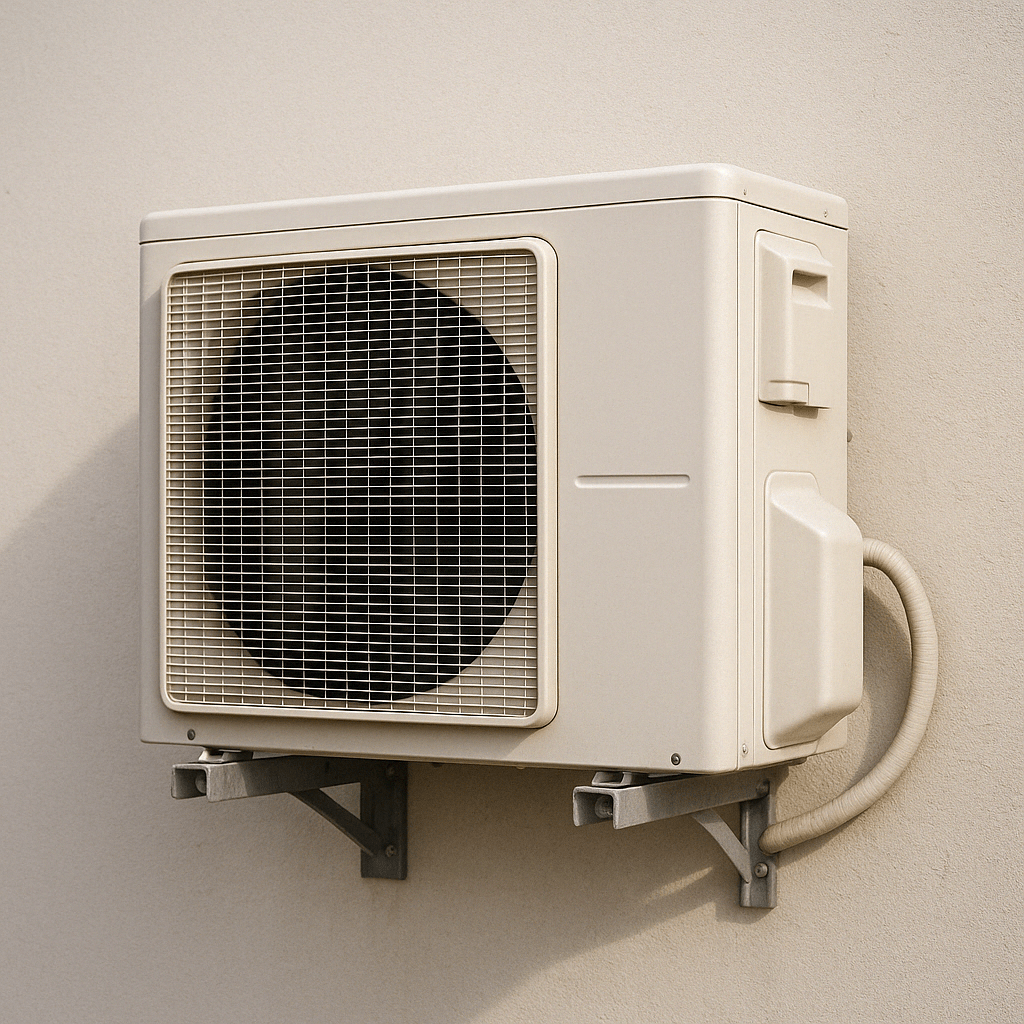Call or Text
801-438-4793Furnace Repair
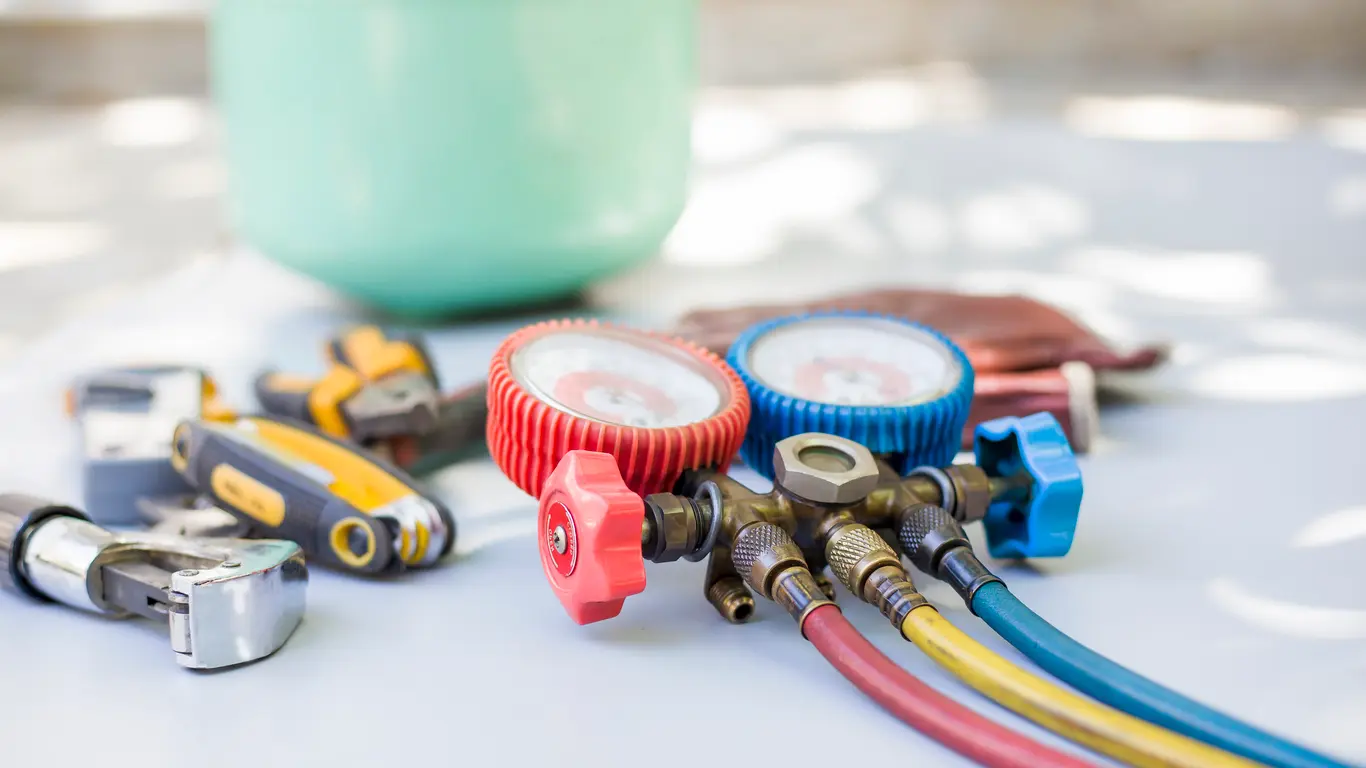
Reliable Residential Furnace Repairs in Utah
As the winter weather settles in, your furnace becomes one of your most important appliances. But when it malfunctions and stops providing optimal heating, it’s time to get it repaired. At Superior Water & Air, we provide reliable and affordable furnace repair services throughout Utah and the surrounding regions.With the same high-quality service trusted by Costco, Home Depot, and Lowe’s, you can be sure that we will get the job done right.
Whether your furnace needs a simple tune-up or a complete overhaul, we can take care of it in no time so you can keep enjoying cozy temperatures in your home. Get started now by filling out our online contact form or give us a call at 801-810-4934.
What To Expect For Your Residential Furnace Repair Service
- AssessmentWe take a thorough and comprehensive approach to ensure we identify any underlying issues before beginning repairs.Our technicians will start the repair process for your furnace by carefully examining and cleaning all of the components and removing any debris that may have accumulated.
- Thermostat TestThe next step is making sure your thermostat is working correctly. We use only the latest diagnostic equipment to determine if your system is functioning as expected and, if not, we can quickly identify and correct any issues with calibrations, wiring or parts.
- Air Filter InspectionAs part of our furnace repair process, we will inspect and clean the air filter to ensure it is working optimally. If necessary, we will replace it with a new one that meets your system’s specifications and guarantees enhanced safety and efficiency.
- Repair & ReplacementTo complete our furnace repair service, we will repair or replace faulty parts as needed. We will then lubricate all moving components to ensure smooth operation in the future.
HVAC Services
Call Superior Water & Air
Frequently Asked Questions
Signs That Your Furnace Needs Repairs
- Unusual noises
- Uneven heating
- Faulty thermostat
- High utility bills
- Inoperative pilot light
Our experienced technicians are trained to properly inspect your system and make all necessary repairs to keep it running optimally. You can trust Superior to get the job done quickly and correctly so you can get back to enjoying a comfortable temperature in your home.


